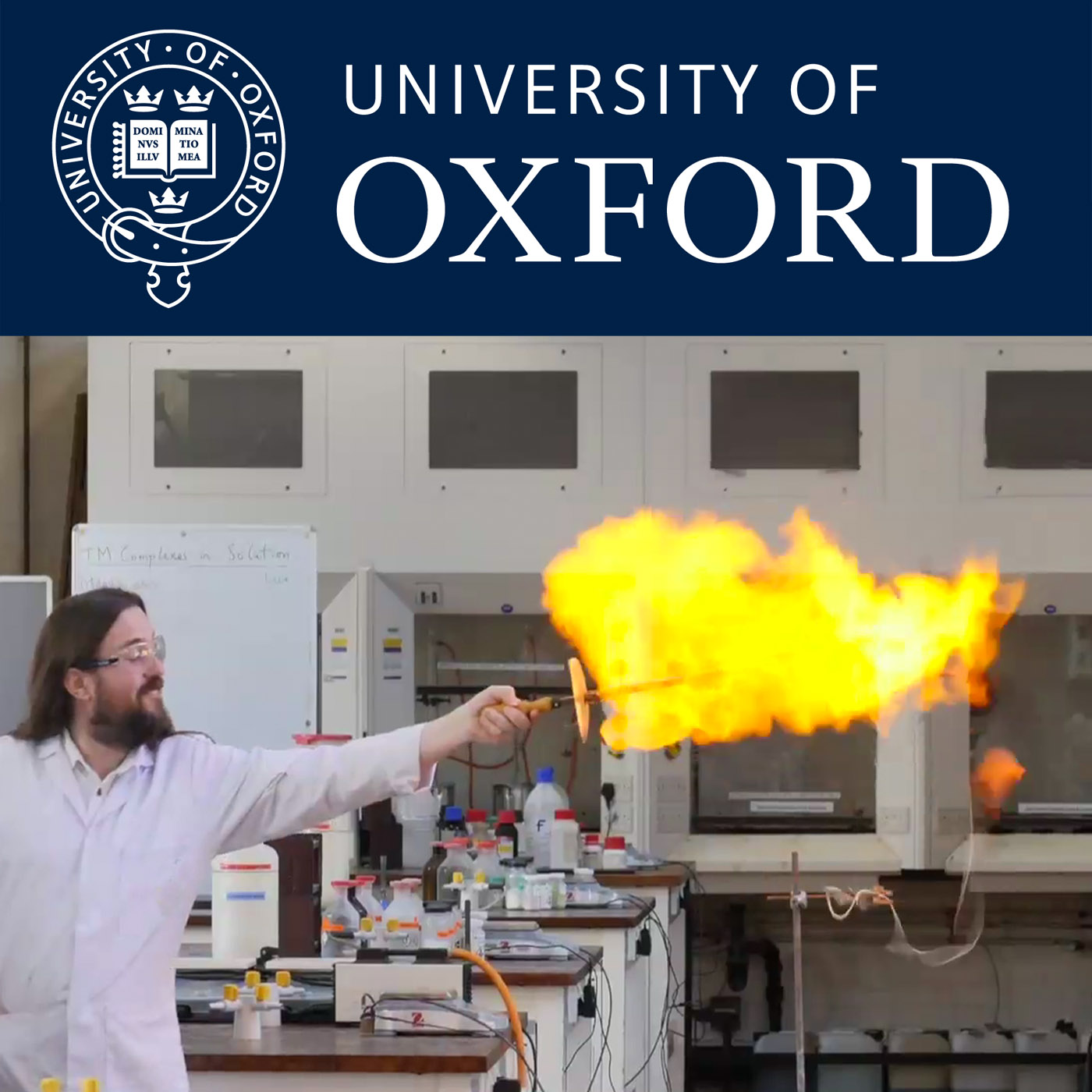Episodes
Kylie Vincent and Philip Ash discuss how bacteria harness the energy stored within hydrogen molecules, and how this could help build a more sustainable energy future. Creative Commons Attribution-Non-Commercial-Share Alike 2.0 UK: England & Wales; http://creativecommons.org/licenses/by-nc-sa/2.0/uk/
Published 06/10/15
Phil Grunewald, Deputy Director of Energy Research at the University of Oxford, explains how chemistry helps to solve global energy challenges. Creative Commons Attribution-Non-Commercial-Share Alike 2.0 UK: England & Wales; http://creativecommons.org/licenses/by-nc-sa/2.0/uk/
Published 06/10/15
Hanif Mahadi, Researcher in Edman Tsang’s group, explains how nanoparticle catalysts help us use fossil fuels more efficiently and develop cleaner alternative sources of energy. Creative Commons Attribution-Non-Commercial-Share Alike 2.0 UK: England & Wales; http://creativecommons.org/licenses/by-nc-sa/2.0/uk/
Published 06/10/15
How can we reduce the pollution from car exhausts? Methane has a global warming effect 20 times higher than carbon dioxide. Lizzie Raine, Researcher in Edman Tsang’s group, explains how she uses a nanoparticle catalyst to covert methane to carbon dioxide, helping to reduce the greenhouse effect. Creative Commons Attribution-Non-Commercial-Share Alike 2.0 UK: England & Wales; http://creativecommons.org/licenses/by-nc-sa/2.0/uk/
Published 06/10/15
Providing secure, affordable and sustainable forms of energy is one of our biggest challenges this century. Hear how the cutting-edge fundamental research we undertake addresses real world problems and helps us to move towards a more sustainable future. Creative Commons Attribution-Non-Commercial-Share Alike 2.0 UK: England & Wales; http://creativecommons.org/licenses/by-nc-sa/2.0/uk/
Published 06/10/15
Published 06/10/15


